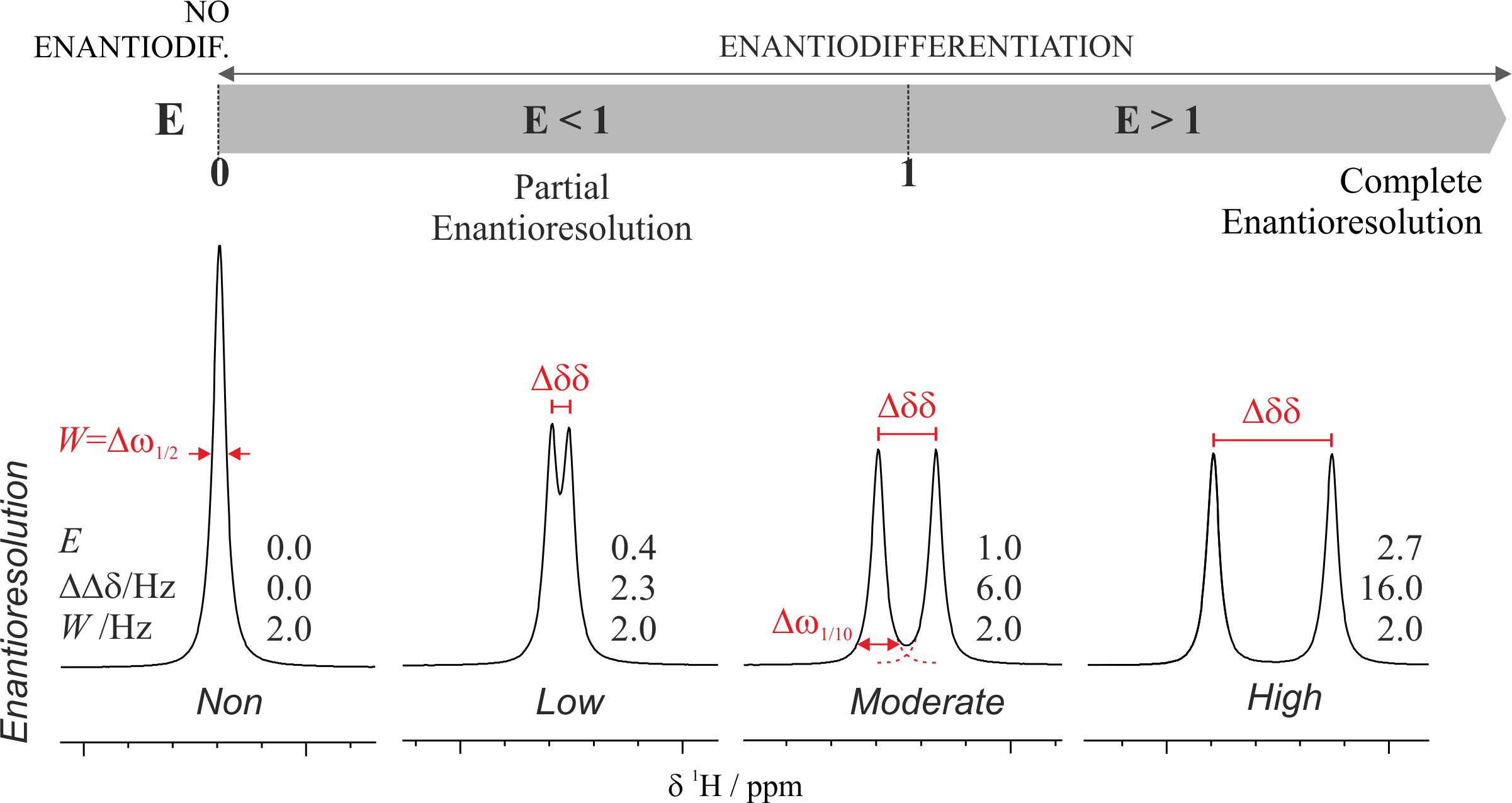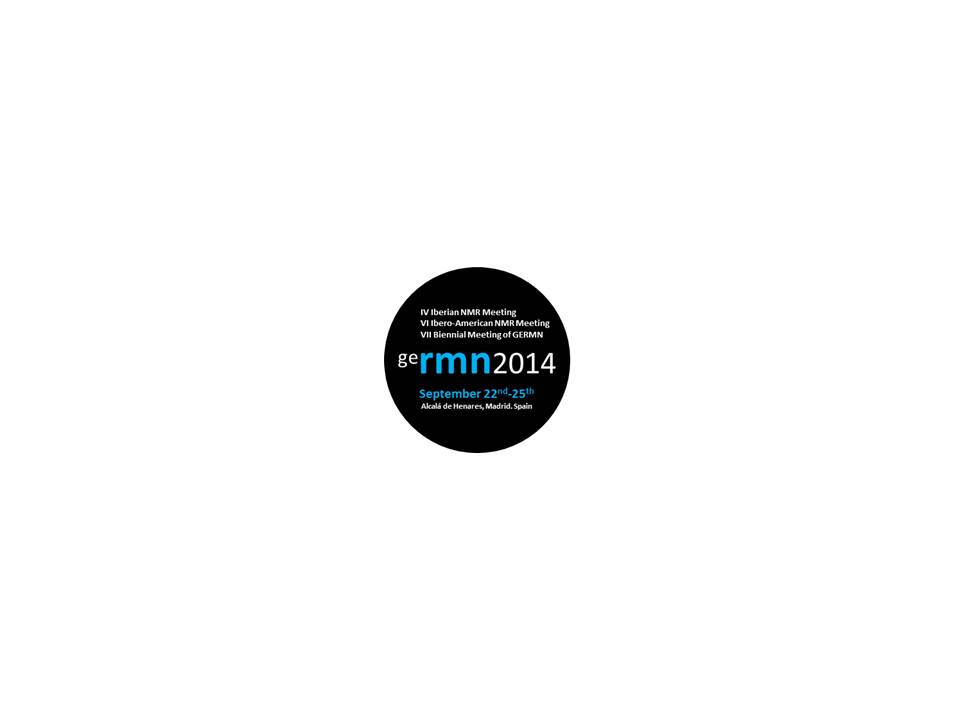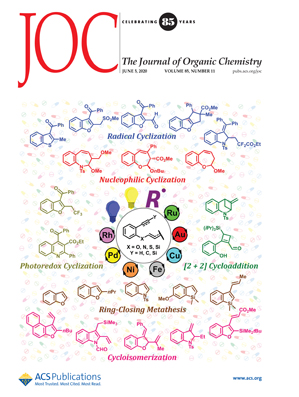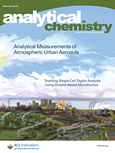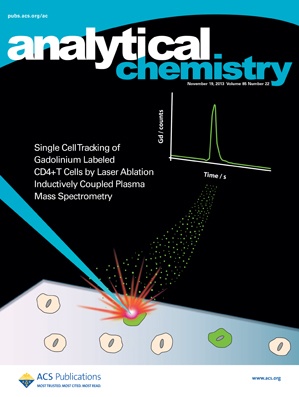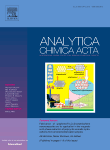 “NMR-Aided Differentiation of Enantiomers: Signal Enantioresolution” by Míriam Pérez-Trujillo, Teodor Parella and Lars T. Kuhn. Analytica Chimica Acta, 2015. DOI: 10.1016/j.aca.2015.02.069
“NMR-Aided Differentiation of Enantiomers: Signal Enantioresolution” by Míriam Pérez-Trujillo, Teodor Parella and Lars T. Kuhn. Analytica Chimica Acta, 2015. DOI: 10.1016/j.aca.2015.02.069
NMR-aided enantiodiscrimination using chiral auxiliaries (CAs) is a recognized method for differentiating enantiomers and for measuring enantiomeric ratios (er). Up to the present, the study, optimization, and comparison of such methods have been performed based on the enantiodifferentiation of NMR signals via analysing non-equivalent chemical-shift values (ΔΔδ) of the diastereoisomeric species formed. However, a poor and non-reliable comparison of results is often obtained via the analysis of ΔΔδ exclusively. In here, the concept of enantioresolution of an individual NMR signal and its importance for NMR-aided enantiodifferentiation studies is introduced and discussed. In addition, the enantioresolution quotient, E, is proposed as the parameter to describe its quantification. Complementary to ΔΔδ, the experimental determination of E allows a more reliable interpretation of the results and opens up new possibilities for the study of enantiodifferentiation data derived from novel NMR experiments, setup improvements or new CAs.
